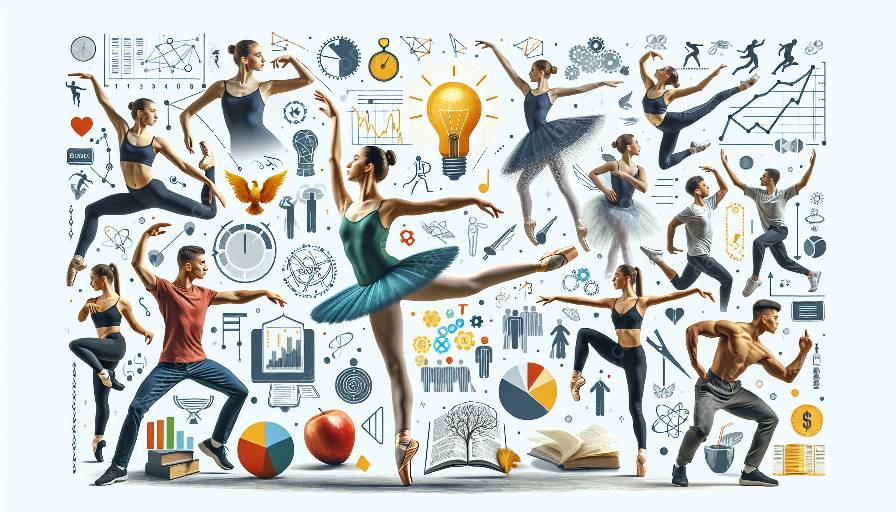As dancers strive to maintain physical and mental health, effective communication between dancers and instructors is crucial for appropriate training load management. The intricate balance between pushing boundaries and preventing injury requires a seamless flow of information and understanding. This article explores how both parties can communicate effectively in the context of training load management for dancers.
Understanding Training Load
Before delving into communication strategies, it's essential to comprehend the concept of training load management for dancers. Training load encompasses the volume, intensity, and frequency of dance practice and performance. For dancers, managing training load is vital to prevent overtraining, fatigue, and injuries while optimizing skill development.
Challenges in Training Load Management
Dancers face unique challenges due to the physically demanding nature of their art form. Balancing training intensity with recovery, addressing individual differences in physical capabilities, and adjusting training load based on performance schedules are among the complexities dancers and instructors must navigate.
Effective Communication Strategies
1. Transparent Goal Setting: Dancers and instructors should collaboratively set clear, realistic, and individualized training goals. Establishing open dialogue about short-term and long-term aspirations provides a foundation for effective communication.
2. Honest Feedback Exchange: Constructive feedback is essential for improvement, but it must be delivered respectfully and received with an open mind. Both dancers and instructors should cultivate a culture of open communication, encouraging feedback that facilitates growth.
3. Regular Progress Review: Scheduled check-ins allow both parties to assess progress and adjust training load as needed. These discussions serve as opportunities to address concerns, celebrate achievements, and make informed decisions about training plans.
Implementing Appropriate Support Systems
1. Mental Health Support: Dancers often experience mental strain due to performance pressure and the pursuit of perfection. Instructors should create a supportive environment where dancers feel comfortable expressing their mental health concerns.
2. Injury Prevention Awareness: Educating both dancers and instructors about injury prevention strategies and early warning signs is crucial. By fostering a proactive approach to injury management, potential setbacks can be minimized.
Building Empathy and Trust
Effective communication in training load management also relies on empathy and trust. Both dancers and instructors should strive to understand each other's challenges, motivations, and limitations, promoting a supportive and collaborative relationship.
Conclusion
In the dynamic realm of dance, effective communication between dancers and instructors is pivotal in ensuring appropriate training load management. By fostering open dialogue, understanding individual needs, and prioritizing mental and physical health, dancers and instructors can work together to optimize training while safeguarding the wellbeing of dancers.


































